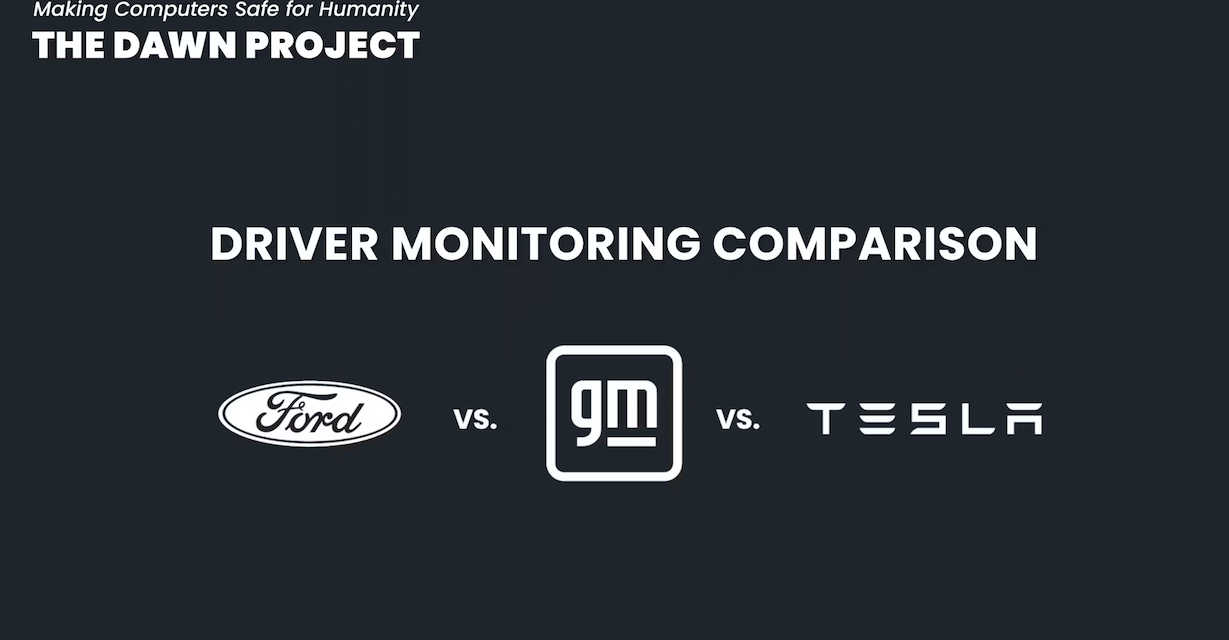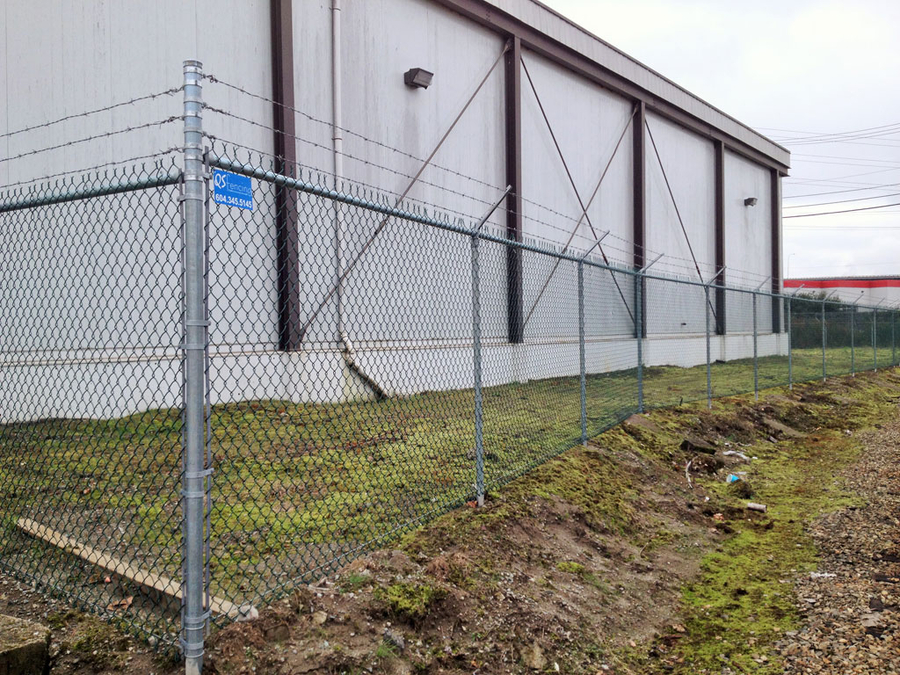[PRESSWIRE] Santa Barbara, CA – 16.11.23 — New safety tests conducted by The Dawn Project have revealed that Tesla’s driver monitoring system consistently fails to register the presence of a distracted driver across a number of test scenarios. In tests, Tesla’s system also compared poorly to GM’s SuperCruise, and Ford’s BlueCruise driver monitoring systems.
Research has shown that the only way to ensure a driver is paying attention is to implement an effective driver monitoring system using cameras. The Dawn Project’s recent tests have shown that Tesla’s driver monitoring system is entirely unfit for purpose, endangering all road users by failing to ensure that the driver is paying attention when operating Tesla’s Full Self-Driving software.
Joshua Brown’s fatal self-driving collision with a tractor-trailer in June 2016 was attributed to driver inattention by the National Transportation Safety Board (NTSB). The NTSB said the truck should have been visible to Brown for at least seven seconds before impact. Brown “took no braking, steering or other actions to avoid the collision“, the NTSB report said. As a result, NHTSA required Tesla to add a driver monitoring system.
In October 2023, The Dawn Project tested how Tesla’s driver monitoring system compared with the driver monitoring systems for GM’s hands free SuperCruise and Ford’s hands free BlueCruise systems. The Dawn Project’s test drivers were unable to deceive SuperCruise and BlueCruise’s driver monitoring systems. By contrast, in many cases Tesla’s driver monitoring system either failed entirely to detect driver inattention or issued alerts significantly later than SuperCruise and BlueCruise.
The safety tests were conducted in Santa Barbara, California, in which all three vehicles were tested to determine whether they would register the presence of a distracted driver across a number of different scenarios, including a driver looking at their phone, falling asleep, wearing sunglasses, and even wearing an eye mask.
Across each test scenario, Tesla’s driver monitoring system failed to detect the presence of the distracted driver, whereas GM and Ford’s systems were able to alert the driver and prompt them to pay attention to the road.
Dan O’Dowd, Founder of The Dawn Project, commented: “Our tests show that Tesla’s driver monitoring system is wholly inadequate. NHTSA forced Tesla to introduce a driver monitoring system to ensure the driver is paying attention to the road, but Tesla only implemented a defective and inadequate system.
“Tesla’s defective driver monitoring system is in millions of vehicles. We have tested the system in a number of scenarios and compared it with other systems on public roads. Pedestrians, cyclists and drivers have no way of knowing whether the person “supervising” a defective self-driving Tesla is actually paying attention to the road, or is asleep at the wheel.
“Tesla Full Self-Driving software is regulated as a Level 2 Advanced Driver Assistance System. The safety of such systems is dependent upon the presence of a fully attentive driver to take control when the software cannot cope with real world situations. If the driver is inattentive, then many more collisions are likely to result.
Other manufacturers have developed effective driver monitoring systems making their Advanced Driver Assistance Systems much safer than Tesla’s. Since June 2021, Tesla’s ADAS software was active in 27 fatal crashes and 939 other crashes. By contrast, all other manufacturers who report crash data to NHTSA have only 211 crashes between them, with only one fatality.
As our latest tests demonstrate, Tesla’s driver monitoring system is woefully inadequate, making their driver assistance software unsafe for drivers, pedestrians and other road users.”




